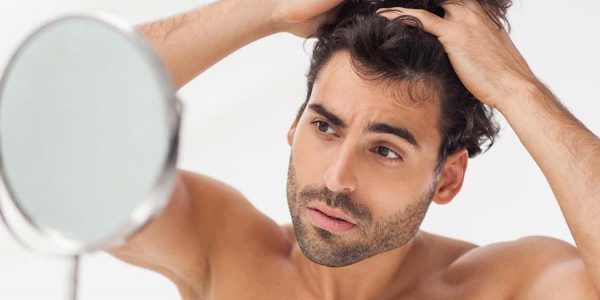All of us at some point in time have got scared of hair loss. While most of the time it is just normal routine shedding, in rare cases, it is something more than that, which demands hair fall control measures.
The first thing is to find out the reason for your hair fall. Has it any time occurred to you as to why the hair does not grow past a point? It is because your hair has a life cycle of three to five years post which it falls out to let new hair take its place. You need to know about hair growth stages too.
Hair Growth Stages
Stage 1—Anagen
Anagen is the first phase in which hair grows from the follicles, and the hair shaft gets continuously constructed, increasing the length of hair. It lasts for two to six years.
Stage 2—Catagen
In the Catagen phase, the hair prepares to go into the resting period. This phase lasts for about two weeks.
Stage 3—Telogen
The last phase, Telogen is the resting phase in which the hair stops growing and gradually falls out and gets replaced. It lasts for five to six weeks. Approximately, 10-20% of hair is in the resting phase at any point in time.
Hair loss occurs when hair falls out without finishing this three-stage cycle. The hair loss gets permanent when follicles stop producing hair.
Now, let us have a look at hair fall patterns.
Hair Fall Patterns
Pattern 1—Telogen Effluvium
If you are experiencing hair loss all over your scalp and body, you likely have Telogen Effluvium, which happens when over 20% of your follicles abruptly go into telogen phase. This results in loss of volume and, eventually, balding.
Pattern 2—Androgenic Alopecia
Androgenic Alopecia, more commonly known as female pattern baldness is hormonal hair fall condition. Hair starts falling off when male sex hormone testosterone turns into dihydrotestosterone and starts attacking hair follicles, resulting in stoppage of hair growth.
Female pattern baldness is different from male pattern baldness. The primary symptoms of Androgenic Alopecia shows as:
- The front hairline remains unaffected
- The hair loss may be steady, but it doesn’t lead to near total baldness, as in men
- Balding starts at the centre hair part
- Hair loss is substantial during brushing of hairs and in showers.
- Hair thinning is observed predominantly on the top and the crown area of the head.
Thus, what remains for you is to find out your hair fall pattern and devise appropriate hair fall control solutions. Having a sound knowledge of hair growth stages and hair fall patterns helps tackle hair fall better.

